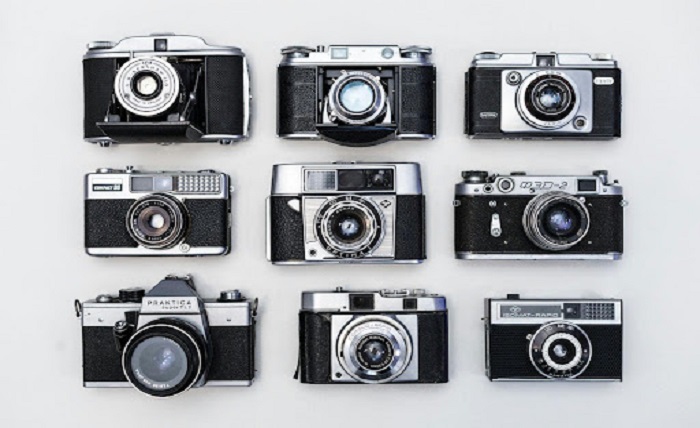Why People Are Turning Vintage Hobbies into Side Businesses – Nostalgia Meets Entrepreneurship

Over the past few years, there’s been a quiet shift. People are dusting off hobbies their grandparents once loved—sewing, woodworking, vinyl collecting, restoring furniture—and turning them into profitable side ventures. For some, it starts as a passion project. For others, it’s a way to connect with a slower, more hands-on era. You can read more about how trends can blend with modern opportunities, but the real story here is how nostalgia is driving small-scale entrepreneurship.
The emotional pull of the past
Nostalgia is powerful. It doesn’t just make people reminisce—it influences what they buy, how they spend their free time, and even what kind of businesses they start. A hobby like letterpress printing or hand embroidery isn’t just about the craft. It’s about the feeling it brings, the connection to something tangible in a digital-heavy world.
That emotional connection often makes these hobbies easier to market. Customers aren’t just buying a product—they’re buying a piece of history, a story, or a link to their own childhood memories.
From pastime to profit
The leap from hobbyist to entrepreneur isn’t always planned. Someone might start making soap for friends, then realize people are willing to pay for it. Another might restore vintage bicycles as a weekend hobby, then notice demand from collectors.
One reason these ventures take off is scarcity. Many vintage skills and crafts are less common today, which makes the products more valuable. If you’re one of the few people making something by hand, you already stand out in a crowded market.
The social media effect
Even the most traditional hobbies now have a digital edge. Platforms allow people to showcase their work, find buyers, and connect with others in niche communities. A person making handmade candles can reach thousands of potential customers without ever opening a physical shop.
The visual nature of many vintage hobbies—brightly colored quilts, intricate wood carvings, carefully restored antiques—translates well to online sharing. This visibility fuels both interest in the craft and in the story behind it.
Blending old skills with new tools
While the hobbies themselves may be rooted in tradition, the business side often uses modern strategies. Payment apps, online marketplaces, and virtual workshops allow these old-fashioned crafts to operate in a 21st-century environment.
Someone teaching knitting can run live classes for students halfway across the world. A woodworker can take custom orders online. The tools may have changed, but the appeal of the craft remains the same.
Economic motivation
For some, turning a hobby into a business isn’t just about passion—it’s about supplementing income. Economic uncertainty often pushes people to look for additional revenue streams.
Vintage hobbies have a low barrier to entry if you already own the tools or have the skills. And because many are done at home, overhead costs are minimal. This makes them an appealing option for side income without taking on major risk.
Building communities
One unexpected side effect of vintage hobby businesses is the formation of small, loyal communities. Customers return not just for the products, but for the connection to the person making them. There’s a trust factor in buying directly from the creator.
This sense of connection often turns into repeat business, referrals, and even collaborations. In many cases, it’s the relationships—more than the profit—that keep people engaged in their craft.
The challenge of scaling
While many vintage hobby businesses thrive on a small scale, growth can be tricky. Handmade goods take time. If demand spikes, the very qualities that make the products special—time, care, uniqueness—can be hard to maintain in larger quantities.
Some choose to keep their side business intentionally small to preserve its charm. Others outsource parts of the process, which risks losing the “authentic” feel. This balance is one of the main challenges for turning a nostalgic hobby into a long-term income source.
Why it works now
Part of the reason this movement is happening now is cultural. People are craving slower, more mindful activities. They want to buy fewer, better things. And they want products with a backstory.
At the same time, the tools to sell and market these crafts have never been more accessible. It’s a rare overlap of old-world skill and modern convenience, and it’s making vintage hobbies more viable as businesses than ever before.
Final thoughts
Vintage hobbies becoming side businesses isn’t just a passing trend. It’s a sign of how people adapt, blending personal passion with economic opportunity. Nostalgia provides the emotional hook, and modern tools make it possible to share that passion with a wider audience.
Whether it’s knitting scarves, pressing records, or restoring old furniture, the formula is the same: take something rooted in the past, give it a place in the present, and see where it leads





